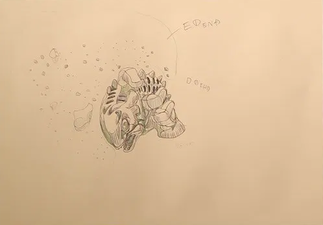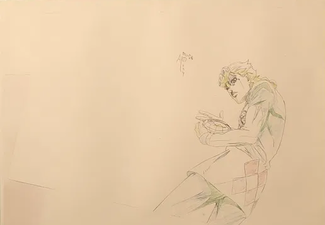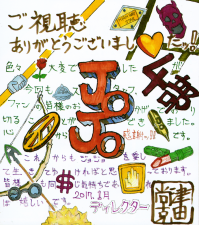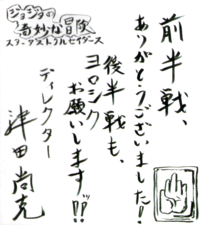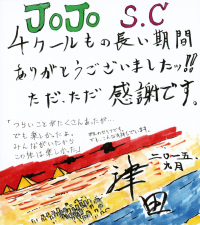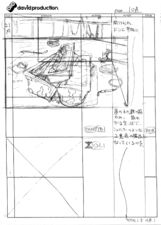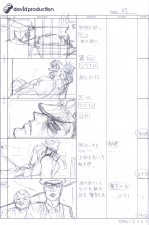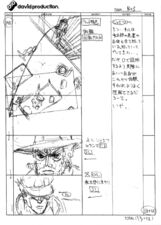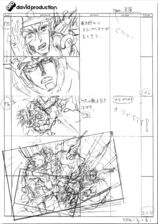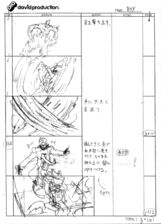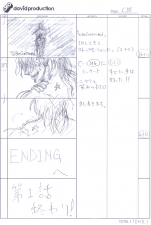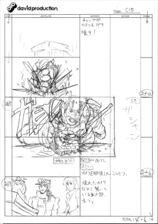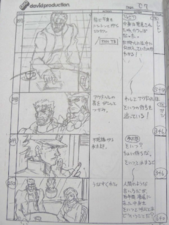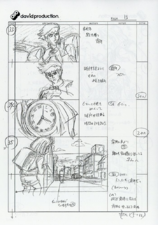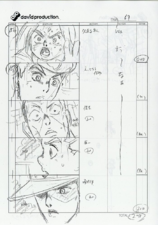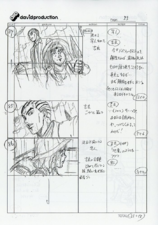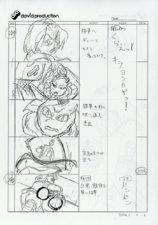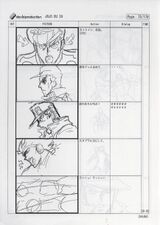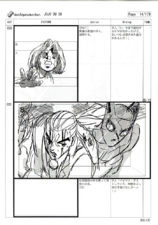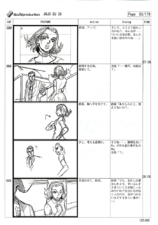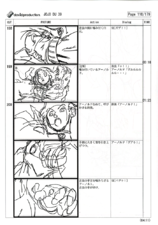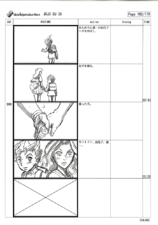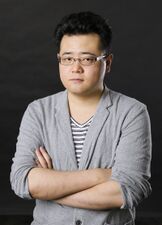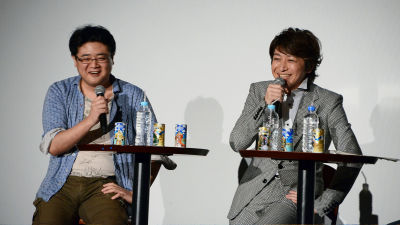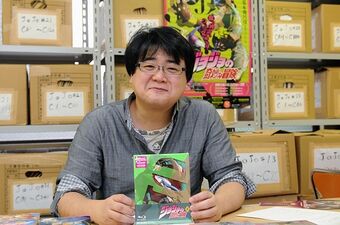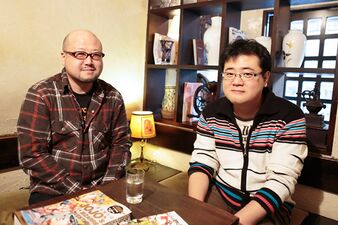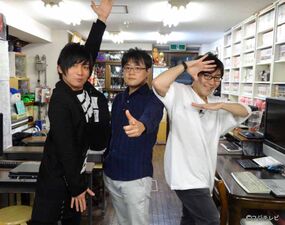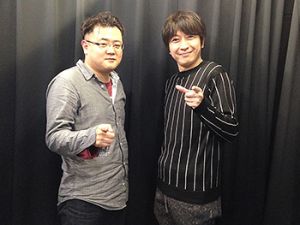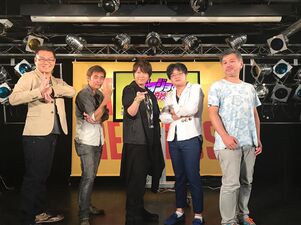Naokatsu Tsuda
Jump to navigation
Jump to search
Naokatsu Tsuda (津田 尚克, Tsuda Naokatsu) is the Chief Director for the first four seasons of JoJo's Bizarre Adventure: The Animation by David Production. Many of the series's episodes are supervised and storyboarded by him.
Biography
When he was an employee of David Production, he was approached by the company's vice president, Koji Kajita, after directing Inu x Boku SS and was subsequently asked to be the director for the JoJo TV series.[1]
Originally from Studio Hal Film Maker, Tsuda primarily worked on series from David Production. Some of the other series he's directed include Tatakau Shisho, Planetarian and Squid Girl.
Tsuda started working in freelance roles starting in April 2022. He left David Production in June 2023.[2]
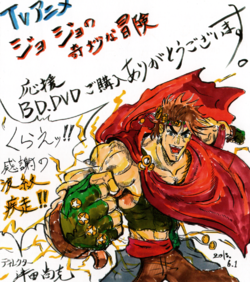
Credits
- JoJo's Bizarre Adventure (Season 1)
- JoJo's Bizarre Adventure: Stardust Crusaders
- JoJo's Bizarre Adventure: Diamond is Unbreakable
- JoJo's Bizarre Adventure: Golden Wind
Interviews
| # | Interview | Type | Media | Published |
|---|---|---|---|---|
| 1 | Anime!Anime! (May 2013) | Interview |
Website/Online |
May 12, 2013 |
| 2 | Anime News Network (July 2015) | Interview |
Website/Online |
July 4, 2015 |
| 3 | Animage (April 2016) | Interview |
Magazine |
April 9, 2016 |
| 4 | JoJo Great Festival Guide (February 2017) | Interview |
Guidebook |
February 19, 2017 |
| 5 | Anime Boston (April 2017) | Interview |
Event |
April 1, 2017 |
| 6 | Anime Expo (July 2018) | Interview |
Website/Online |
July 6, 2018 |
| 7 | Crunchyroll (June 2020) | Interview |
Video |
June 24, 2020 |
| 8 | Animation Series Production Note (March 2021) | Interview & Commentary |
Website/Online |
March 26, 2021 |
Gallery
Key Animation (原画)
Storyboards (絵コンテ)
Other
Videos
Trivia
- In his high school days, Tsuda's favorite JoJo was Giorno Giovanna.[1] His favorite Stand is Gold Experience.[3]
- His influences include many American movie directors, like Ridley Scott, Guillermo del Toro, and Stephen Spielberg.[3]
- Tsuda's favorite openings are JoJo ~The Fate of That Blood~ and Great Days.[4]
- Tsuda wants all parts of JoJo to be animated and is most excited to animate JoJolion.[4]
